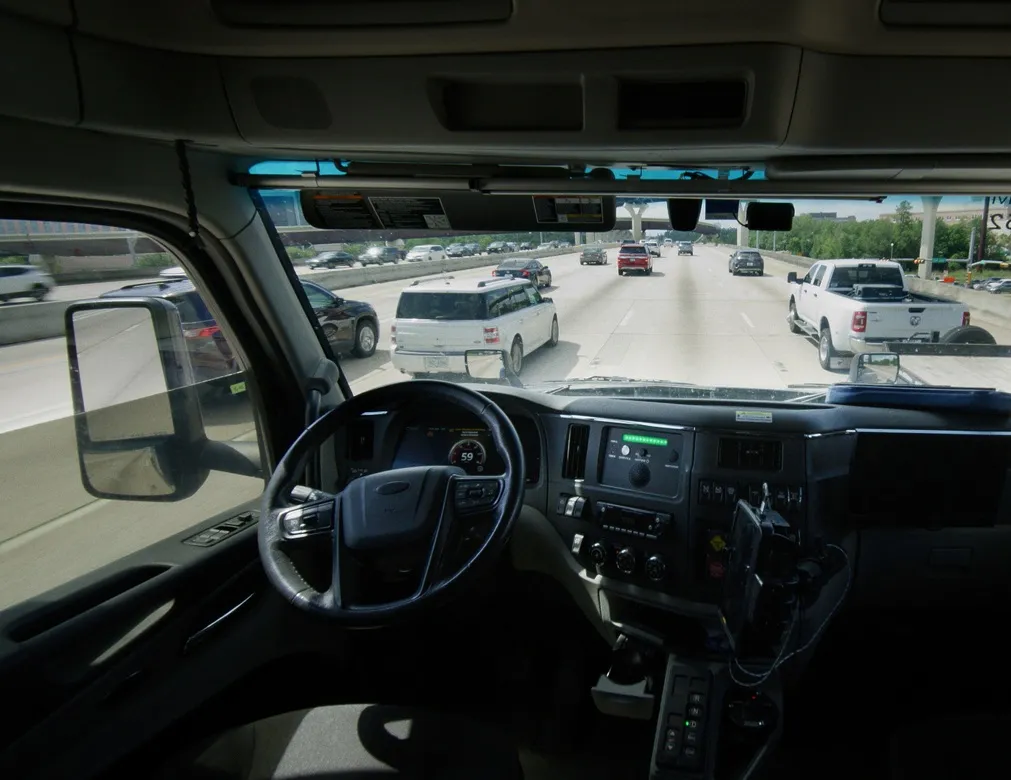A report by the US
The report, The Use of Forward Collision Avoidance Systems to Prevent and Mitigate Rear-End Crashes, stresses that collision avoidance systems can prevent or lessen the severity of rear-end crashes, thus saving lives and reducing injuries.
According to statistics from the
The NTSB has made 12 recommendations over 20 years in favour of forward collision avoidance technologies, including 10 recommendations resulting from an earlier Special Investigation Report in 2001.
The progress on these recommendations, however, has been very limited. The report notes that a lack of incentives and limited public awareness has stunted the wide adoption of collision avoidance technology.
Only four out of 684 passenger vehicle models in 2014 included a complete forward collision avoidance system as a standard feature. When these systems are offered as options, they are often bundled with other non-safety features, making the overall package more expensive.
“You don’t pay extra for your seatbelt,” said Chairman Christopher A. Hart. “And you shouldn’t have to pay extra for technology that can help prevent a collision altogether.
“The promise of a next generation of safety improvements has been used too often to justify inaction,” Hart said. "Because there will always be better technologies over the horizon, we must be careful to avoid letting perfection become the enemy of the good."
In the report, the NTSB recommends that manufacturers make collision avoidance systems standard equipment in newly manufactured vehicles, beginning with collision warning systems, and adding autonomous emergency braking once NHTSA completes standards for such braking systems.
Furthermore, the NTSB recommends that NHTSA develop tests and standards in order to rate the performance of each vehicle’s collision avoidance systems and to incorporate those results into an expanded NCAP 5-star safety rating scale.
The NTSB is also issuing a companion Safety Alert for consumers and commercial fleet owners that urges them to consider vehicles with collision warning and autonomous emergency braking functions.
NTSB calls for immediate action on collision avoidance systems for vehicles
A report by the US National Transportation Safety Board (NTSB) outlines the life-saving benefits of currently available collision avoidance systems and recommends that the technology become standard on all new passenger and commercial vehicles. The report, The Use of Forward Collision Avoidance Systems to Prevent and Mitigate Rear-End Crashes, stresses that collision avoidance systems can prevent or lessen the severity of rear-end crashes, thus saving lives and reducing injuries. According to statistics fro
June 12, 2015
Read time: 3 mins










